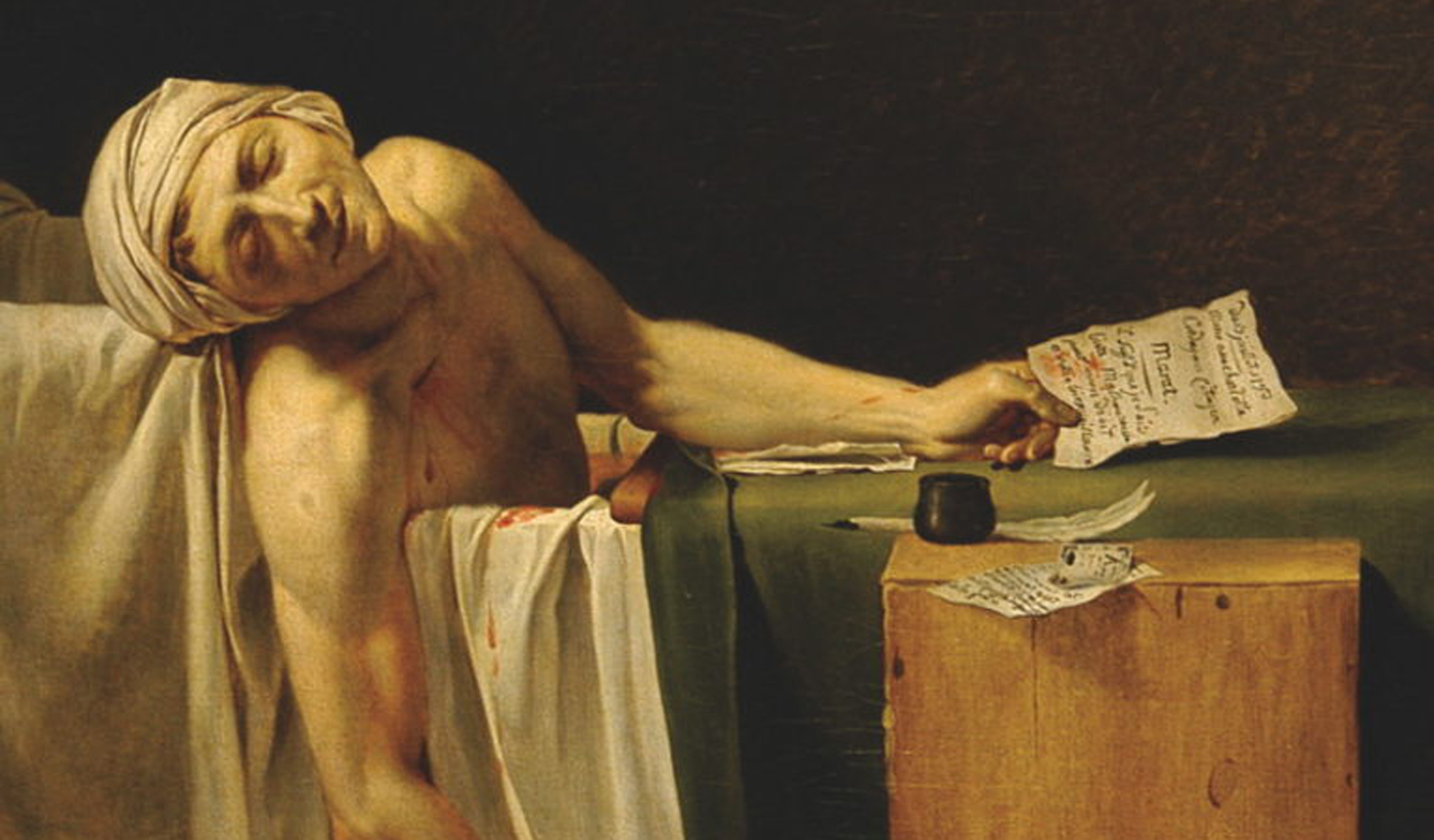Preview: Art Turning Left
Sophie Haydock on Tate Liverpool’s exhibition celebrating revolutionary art since 1789 that has invoked a spirit of egalitarianism
A new exhibition in Liverpool is celebrating how principles like equality and collectivism have influenced artistic creation for more than 200 years. Art Turning Left: How Values Changed Making 1789-2013, at Tate Liverpool until February, explores how socialist values changed the way works of art from the French Revolution to the modern day were made and shared with the public.
Eleanor Clayton, co-curator of the Tate’s most recent exhibition, said the team have done something “a little different” with this show. “We’ve chosen work by artists who’ve tried to work outside of a commercial capitalist context – those working in collectives, anonymously, or who distribute their work in new ways.
“We took 1789 as a starting point because of the French Revolution.It was during this period that art changed, becoming accessible to the public for the first time. Before then, it was very much for the elite. The working class would not have had any access to making or seeing art, other than in a church.
“From the French Revolution onwards, we saw a desire for equality emerge, and a belief that working collectively was the way forward.”
Several of the artists in the show, including the exhibition’s earliest piece, by the 18th century painter Jacques Louis David, “made difficult choices”, says Clayton, “because they believed the world would be better by them working in a particular way. That is admirable – to have a belief and put it into practice.”
David gave up the luxuries he was used to in order to follow his belief in “art for the people”. He deliberately shared his oil painting of the revolutionary martyr Jean-Paul Marat, titled The Death of Marat [pictured] with the people of France.
“We were very impressed by David. He made this unique work and asked his studio to make seven copies, which were sent around France so everybody could see. Normally, that kind of painting would only have been seen by the very rich.”
Clayton adds: “That image represents the first time an artist who was very successful changed so completely his practice to adhere to his political ideals. That really is what the show is about.”
David went from attending elite Parisian parties to “working hands-on” with the people. “When he joined the revolution, many were surprised because he was doing very well under the old elitist monarchy regime. But he was very committed. He wanted to spread the message,” asserts Clayton.
Was David’s desire to “spread the message” more about propaganda than egalitarianism? “There’s an element of propaganda in that particular work. But his motivation during this period was that everyone should have access to art.”
Is it problematic that an exhibition of this nature is taking place within the Tate?
“Yes, certainly,” admits Clayton. “It’s something we’re really aware of, but felt it was important to bring the art to the public in this way. We’ll be having a pay-what-you-can weekend in January, which is a one-off that we hope will encourage people who might not usually come to Tate Liverpool.”
“We want people to engage with the exhibition, to make up their own minds about whether the works resolve these problems or not.”
Tate Liverpool is an ideal location given the city’s socialist history and that is reflected in the show. A work called My Room (1982), celebrating the centenary of Virginia Woolf, was made by Liverpool’s Black-E – the UK’s first community art centre, which is still going strong today.
And the collectivist attitude creeps into the artwork too. In David Medalla’s A Stitch in Time, the public are encouraged to contribute. What begins as a blank sheet becomes a rich tapestry as people embroider names or messages on to his swathe of gold cloth.
“We’re only a month in and it’s really beautiful,” says Clayton. “The concept for the piece originated in 1968-72, but each time it’s made afresh.”
Elsewhere, artist Luis Camnitzer invites visitors to purchase an “artwork” for 20p – with the money collected going to Liverpool Food Bank.
Clayton says it’s been key to make the show adhere to its ethos. “We didn’t want the hierarchy of a museum telling visitors what to think. We wanted a conversation, as best you can – to make the public co-creators of the exhibition.”
Art Turning Left: How Values Changed Making 1789-2013, until
2 Feb, Tate, Liverpool

Leave a reply
Your email address will not be published.